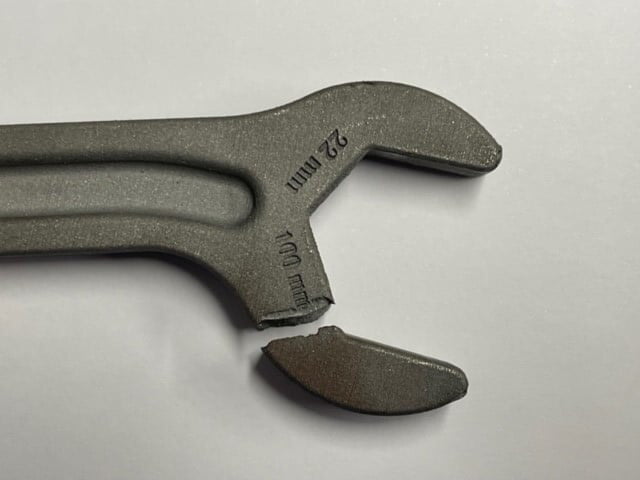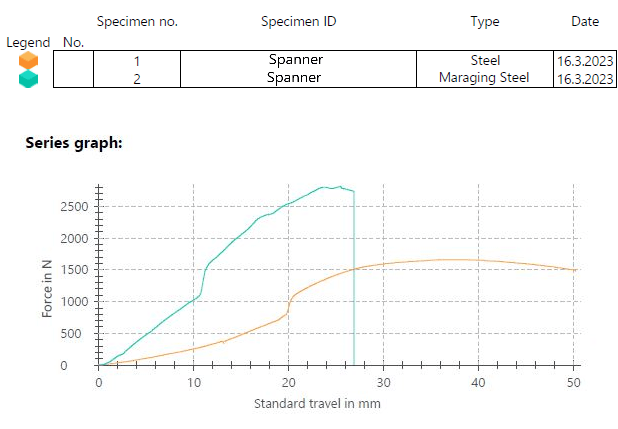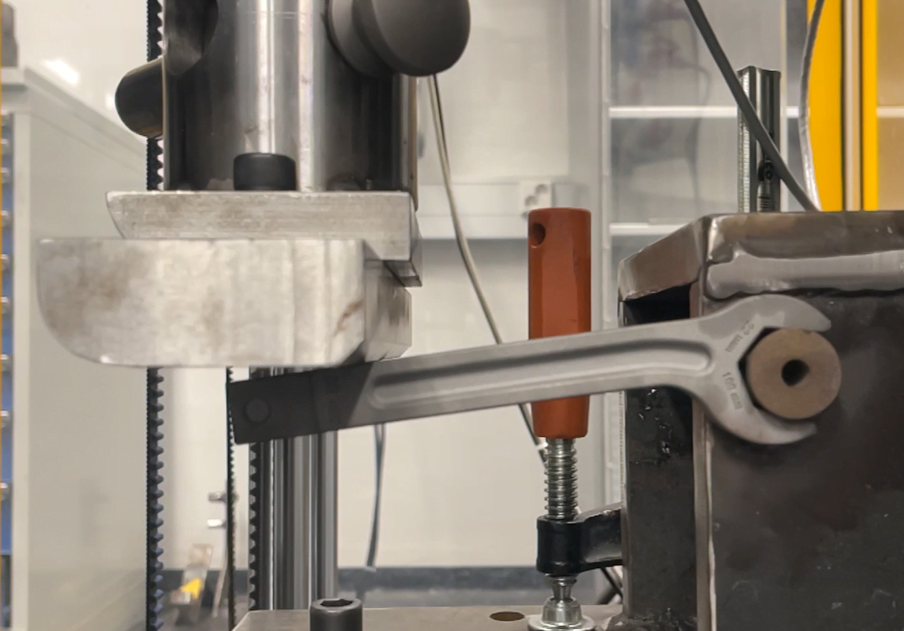Improving productivity is the key development objective for the manufacturing industry. Metal 3D printing helps to take long productivity leaps. There are many ways to do this; this time, we discuss assembly tools.
When commercial tools are too big or leave something else to be desired, we can use metal printing to create a handy solution for any job, making the work go quickly and effortlessly. From one-offs to small or large series, we can cost-effectively make things happen.
So will these printed, lightweight tools last? Find out in our next article.
There is a need for printed tools
Is your assembly line a happy place to work, or is your work accompanied by missing motivation and dissatisfied muttering? Have you invested much money in tools, but the work still stalls? Does doing the job every day require energy-consuming, impossible-to-make-possible work?
Challenging situations can be found in many industries, on various assembly lines, not to mention overhaul cases on the road. For example, finding perfectly suitable standard products on the shop shelf for tightening hose connections on hydraulic blocks can be difficult. A typical problem with tightening tools is that the jaw diameter is too large; the device cannot tighten what it should and how.
Making a bespoke product can feel expensive and laborious, but eliminating the daily frustration and productivity drain is essential. So it’s time to design a smoother, on-demand tool, eliminate time-wasters and bring a cheerful spirit to the installation job.


Careful tool sizing
Tool sizing requires careful consideration, as there are often safety issues involved. The solution for the application in question combines shape, dimensions, material and heat treatment. Tool steel (MS1) is a common material used in tools. Its strength and hardness are sufficient for demanding applications. For example, stainless steel, aluminum and titanium also have their place. Material selection is covered in our guide “Well-chosen material multiplies your benefits of metal 3D printing”, and for more information on each material, see our materials pages.
In a clamping tool, such as the example above, the stiffness of the jaws typically sets the sizing criterion. The aim should be to achieve the stiffest possible construction and, thus, the lowest possible deformation; the jaw should not open when tightened. When designing the tool, achieving a sufficient safety factor for the torque is necessary to ensure that the device can be relied upon.
At the same time, it is wise to strive to produce the lightest and smallest solution possible; not only are the development needs based on size and space usage, but also ergonomics and tool manufacturing costs depend on the final size and weight of the solution.
A customer solution that we optimised by simulation
The challenges described above due to the unsuitability of standard tools are consistent with our customer’s starting point. Our customer, who was well aware of the potential of metal printing, went to Delva to solve his problem.
The tool sizing requirement was set at a minimum of three safety factors in relation to the nominal torque of the tool. In practice, however, the sizing was based on the stiffness requirement of the clamping jaws.
The safety in the example case was, in the end, more than five, i.e. only a torque of over five times the tool nominal torque caused the part to break in the simulation and subsequent test.
The fracture was not surprising, as the simulation accurately showed the torque and the point at which the tool would eventually break if the load were increased.

The printed tool will last
At Delva, we don’t break things for fun or to amuse ourselves, but our experimental nature gets excited and amused by all sorts of phenomena revealed in the test labs.
The tool described above was tested on a ZwickRoell Z250. This tester is quite flexible and is also suitable for testing single pieces. In the slow-motion video below, you can see how the jaw breaks – and it did so at more than five times the nominal torque. So we can justifiably conclude that this sleek and lightweight metal-printed tool is excellent for heavy-duty use.

The attached curve shows that the open-ended wrench printed from MS1 tool steel takes twice the force with less deformation than the standard commercial product.
A tool printed from tool steel can withstand a lot of force with little deformation
The possibilities are multiplied
Once you’ve got it going, the best thing to do is to put a good one into rotation. Successes can be achieved as a series of customised tools of different sizes, producing kits for assembly lines and maintenance on the road – the only limit is your imagination.
Calculation and simulation and, if desired, testing are the methods we use with metal printing to arrive at optimal solutions quickly and risk-free. And experience gives you the courage to seek answers, so it pays to start your experiments rapidly. Every organisation has its development paths and processes. Many companies have found that the best development ideas come from the people who know the work best – the workers themselves. It is, therefore, vital to find an inspiring and safe atmosphere to brainstorm and develop; metal printing can make even the most flighty ideas a reality.
Delva is your partner in the way that best supports your business. We print your finished designs, further develop your models or work with you to start from scratch. You decide.
More information: eetu.kivirasi@delva.fi, +358 50 336 8766

